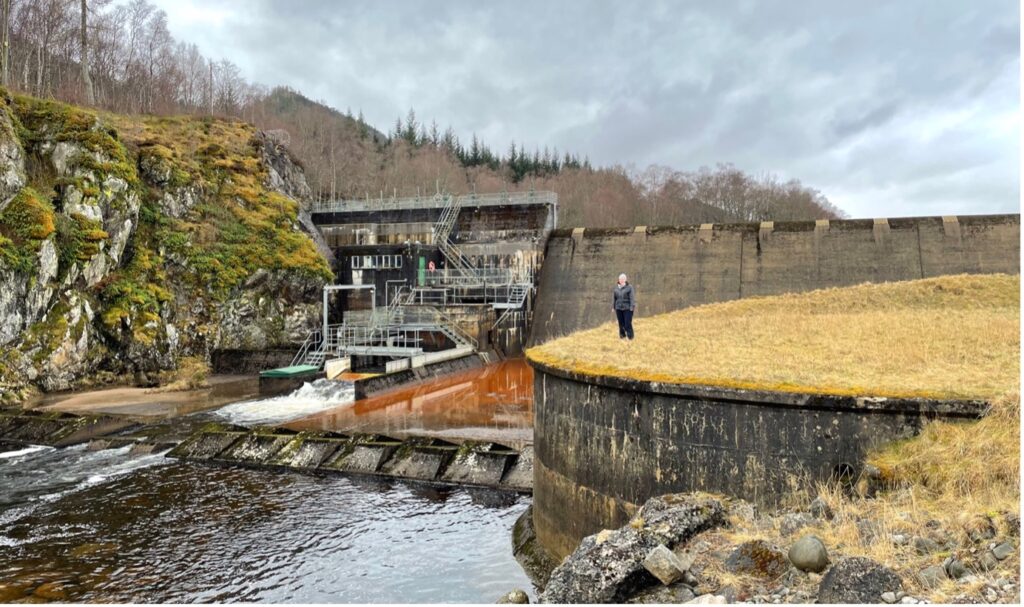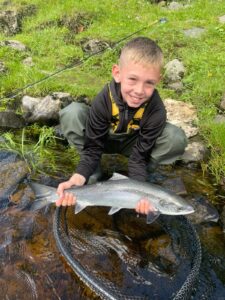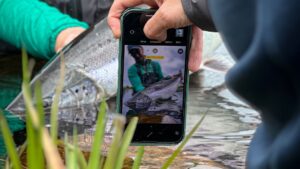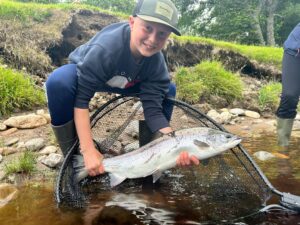We are excited to report that the initial improvements to the Spey Dam fish pass were completed on 18th May, helping to reconnect salmon with an important habitat in the upper catchment.
We have long known that Spey Dam causes significant issues to salmon migration.
“There is an abundance of juvenile salmon immediately below the dam, in stark contrast to the scarcity of juvenile salmon above it. In fact, in 2014, no salmon fry at all were found above the dam.” – Roger Knight
In 2016, after sustained pressure from the Spey Fishery Board, Spey Dam was officially reclassified as a “barrier” to fish passage by SEPA. This designation placed an obligation on SEPA and the dam owner to find a solution to the long-standing problems caused by the obstacle to salmon migration.
Work begins
Reports from renowned consultants, Multiconsult and Fishtek, recommended a number of improvements that could be made to the fish pass to encourage fish to use it. Based on their recommendations, a team led by Arran MacPhee, Civil Engineer with Alvance and SIMEC at Fort William, began work to begin making essential upgrades.
Lighting installed
One of the issues highlighted by the consultants is that the fish pass is too dark. To improve this, LED lighting, linked to an external sensor, has been installed. Light conditions inside the fish pass will now always match the exterior lighting conditions. For example, during the day, the light intensity will match the sunlight and during the evening the lights will be dimmed to almost complete darkness. This is a significant improvement and should help encourage salmon to use the fish pass.
Topographical survey
At the same time as the lighting work, a topographical survey was also successfully carried out using 3D scanning equipment. This data will now be analysed to determine how to modify the separating walls between each of the 21 compartments within the fish pass. These modifications will involve altering the trapezoidal notches on each wall section to a narrower, deeper slit, which should reduce turbulence in the water and improve fish passage.
Next Steps
There is still more to be done. Once the topographical survey data has been analysed, we are hoping that a trial of the modifications to the fish pass separating walls can be undertaken during 2022. The remaining alterations will, we hope, be completed next year.
Salmon smolts from the River Spey above the dam will also be trapped and tagged in March/April 2023, so that we can start to understand their movement through the reservoir and migration out through the fish pass.
